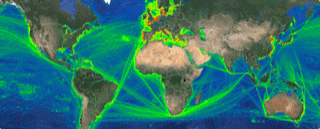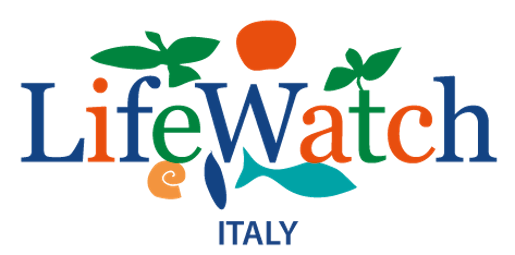
There is no doubt that Environmental Science is undergoing a period of major change, having to tackle the challenge of data collection, in an era driven by data themselves. Large amounts of data. This approach is necessary when we decide to address the study of ecological processes, from the niche level to the macro-ecological one, investigating multiple species in multiple habitats at the same time.
The relationship between native and alien biodiversity and environmental suitability for land-based biological invasions already poses a complex challenge, in marine habitats the scenario get even more complicated due to a greater quantity of animal phyla. The distribution of the species is here a much more complex phenomenon compared to other environments, being able to develop equally in time and 3D space.
With this in mind, a good number of European projects and infrastructures offer great opportunities making available both primary biodiversity and geographical data. Unfortunately, these data often come from different sources, needing to be harmonised, validated and cleaned up to make them effectively interoperable. A challenge successfully tackled by LifeWatch Italy, which has made available on its Data Portal big data and services to investigate the vulnerability of marine habitats to biological invasions. Taxonomic records have been gathered from specific datasets belonging to several research institutions, both public and private. These data have been shared within the context of the Virtual Research Environment Alien Species of LifeWatch Italy.
Overall, 12521 records (5067 planktonic, 7105 benthic, and 349 nektonic) from 93 marine sites have been gathered by the LifeWatch community in Italy. The data validation has been made in the VRE by its data cleaning semi-automatic service (http://www.servicecentrelifewatch.eu/lifewatch-data-validation) available in the LifeWatch Data Portal, and based on the LifeWatch-ITA Global Names Architecture, referring to PESI, WoRMS, and Catalogue of Life. The study led to the publication of a scientific paper entitled “Ecosystem vulnerability to alien and invasive species: a case study on marine habitats along the Italian coast“. The manuscript has is epistemological grounds in the LifeWatch Italy Alien Species Thesaurus, and is based on a glossary developed by the infrastructure researchers, together with its ICT group. It provides the key terminological resources for the development of the information architecture for the online LifeWatch portal and search platform about alien and invasive species.
The results of this macro-ecological approach focus on the importance of performing large-scale studies, since adopting ecosystem approaches to marine invasion management seems especially fruitful.

